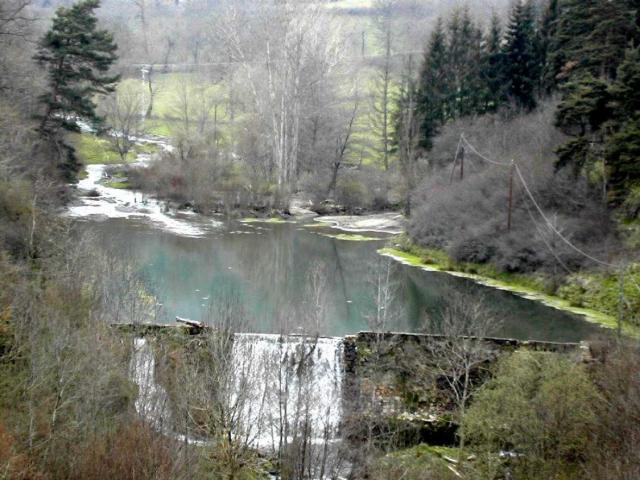Introduction
The Baume is a tributary to the Loire River and runs a total of 10 kilometres. At the junction point of the communes Solignac-sur-Loire and Brignon, 2.7 kilometres upstream of the confluence with the Loire, the river goes over a natural waterfall, 27 metres high. The ecological quality of the river is fairly high with a fish community made up of trout, minnows and bullheads. The white-clawed crayfish is also present and the river is Natura 2000 listed as a “white-clawed crayfish river”.
In 1907, a stone-masonry gravity dam was built on the Baume, creating a head drop of 6.1 metres. The dam was intended for hydroelectric generation at the Fatou power station. Hydroelectric production was terminated in the 1960s. The dam, located 400 metres from the confluence with the Loire, blocked river continuity. It was estimated that 6 000 cubic metres of sediment were blocked by the dam.
The Loire EPTB (public river-basin territorial agency) acquired the dam in 1985 in the framework of the land purchases for the Serre de la Fare programme. The poor condition of the dam raised a number of safety concerns and it was decided to remove it.



